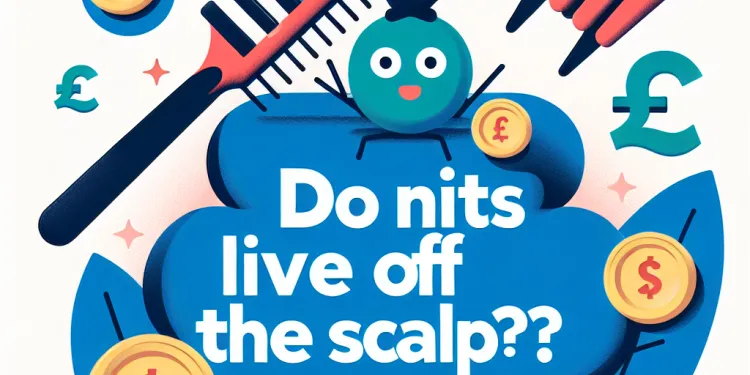
Find Help
More Items From Ergsy search
-
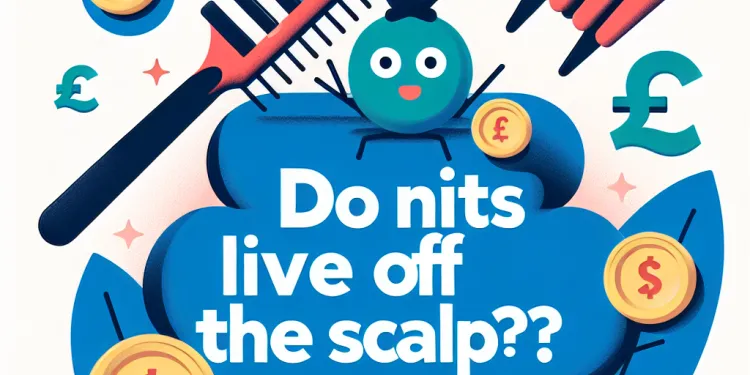
Do nits live off the scalp?
Relevance: 100%
-
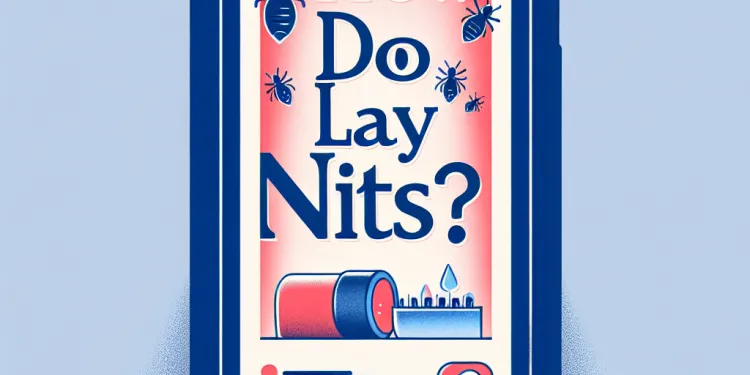
How do lice lay nits?
Relevance: 71%
-

Are nits and head-lice the same thing?
Relevance: 70%
-

Can nits hatch into lice?
Relevance: 68%
-
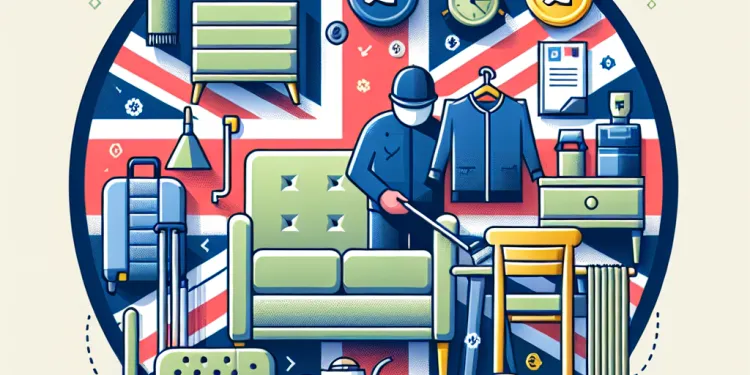
Can nits survive on furniture or clothing?
Relevance: 67%
-

Where can nits be found?
Relevance: 67%
-

Are nits contagious?
Relevance: 66%
-
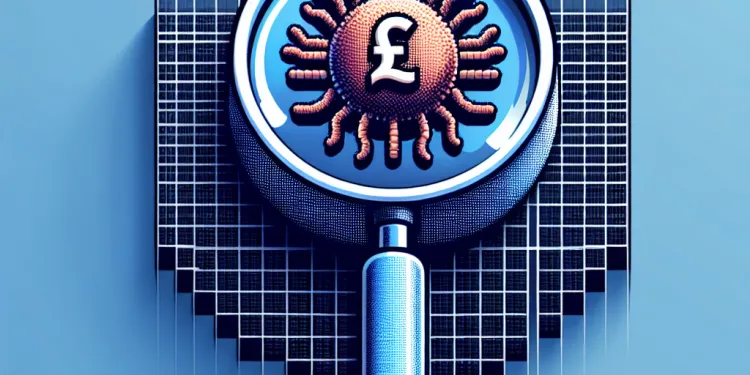
What do nits look like?
Relevance: 66%
-
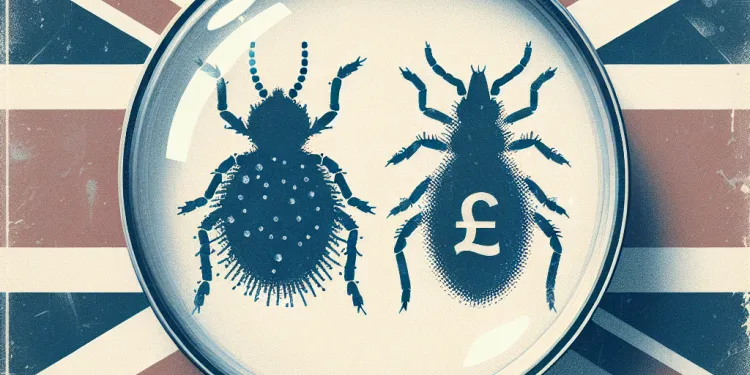
Are nits and head lice the same thing?
Relevance: 64%
-
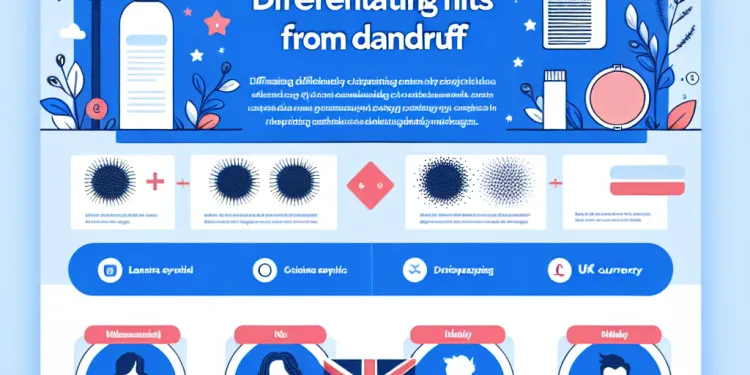
How can you differentiate nits from dandruff?
Relevance: 63%
-
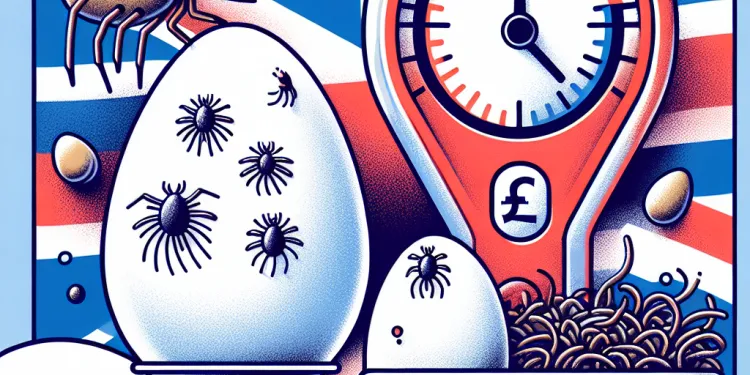
How long does it take for nits to hatch?
Relevance: 63%
-
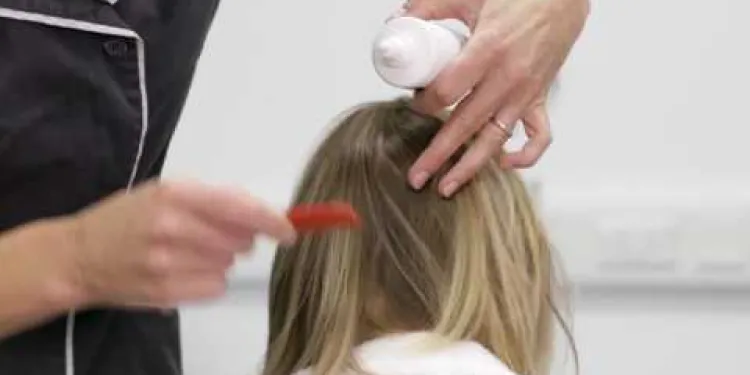
Treating scalp psoriasis
Relevance: 55%
-
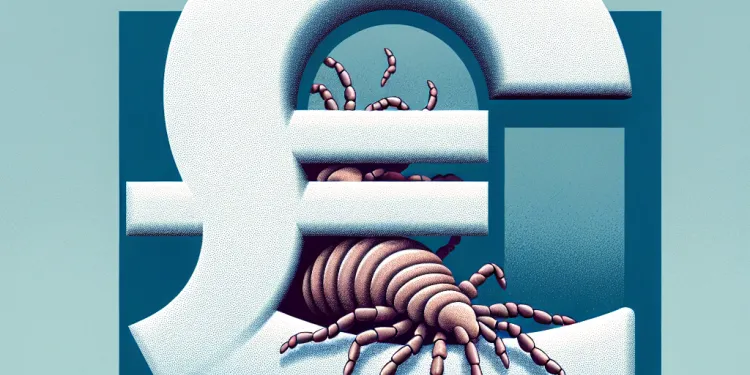
What are head lice?
Relevance: 34%
-
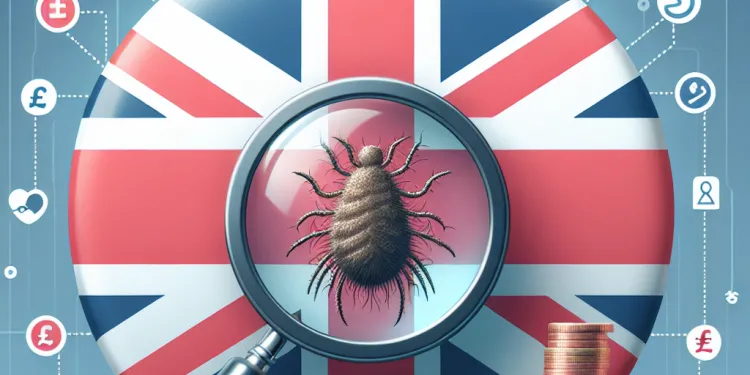
Can you get rid of nits and lice with the same treatments?
Relevance: 30%
-

What techniques are used for hair transplants in Turkey?
Relevance: 15%
-
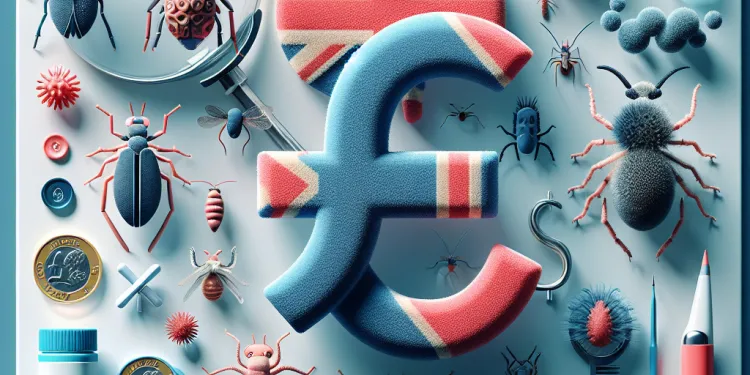
Are there different types of lice?
Relevance: 14%
-
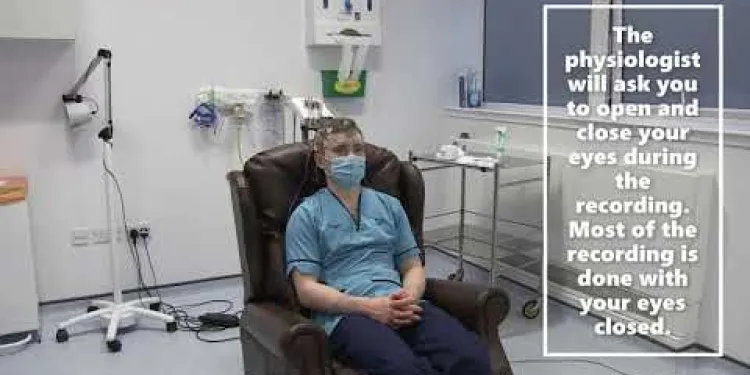
Neurophysiology EEG Patient Information
Relevance: 13%
-
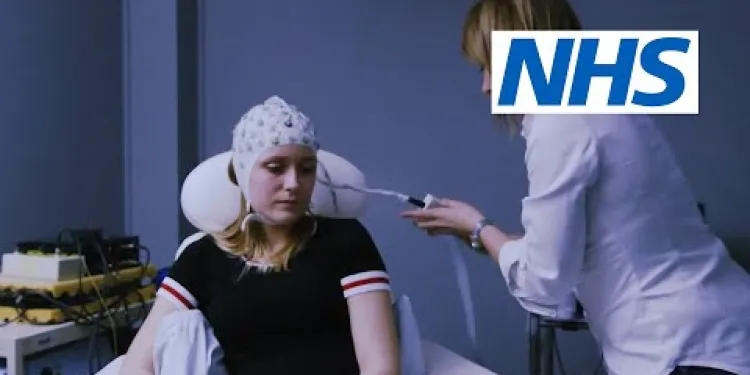
Epilepsy research: EEG | NHS
Relevance: 11%
-
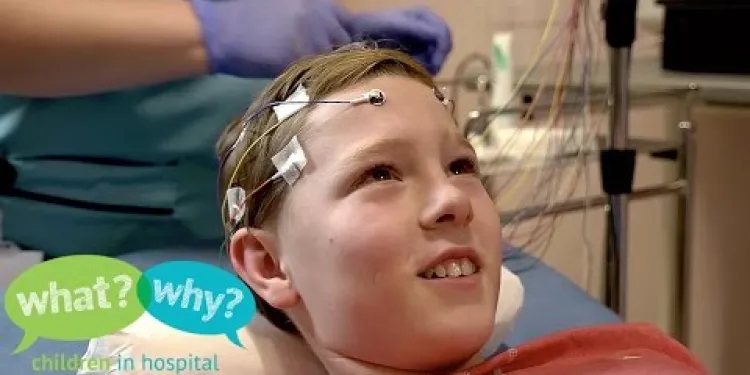
What happens when my child has an EEG?
Relevance: 11%
-

How long should I stay in Turkey for my hair transplant?
Relevance: 9%
-

Psoriasis | NHS
Relevance: 9%
-
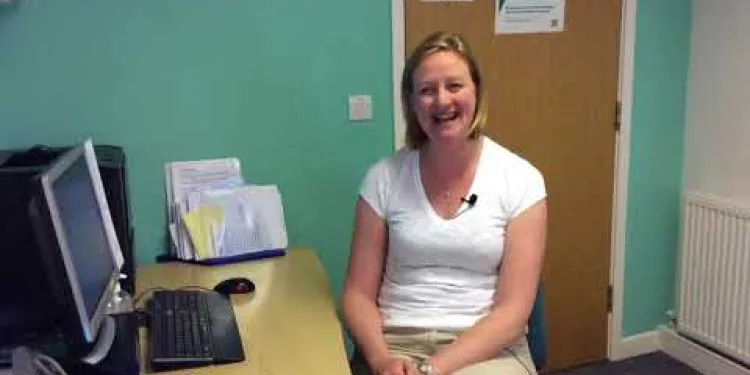
Actinic keratoses (solar keratoses)
Relevance: 9%
-
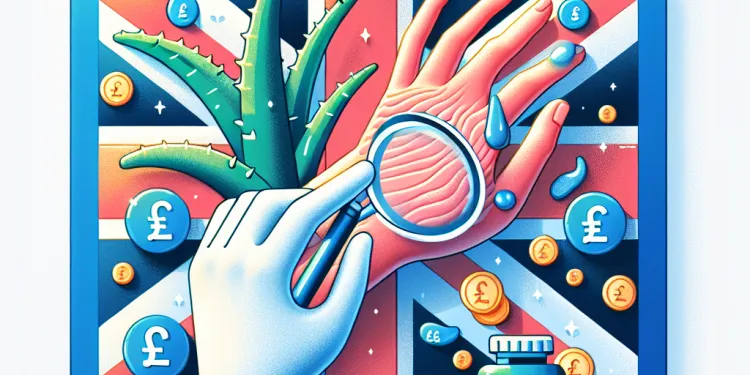
What are the main types of eczema?
Relevance: 9%
-

What is psoriasis?
Relevance: 8%
-

Will I need a follow-up visit after my hair transplant in Turkey?
Relevance: 7%
-

Managing and treating your child's eczema
Relevance: 6%
-

How is psoriasis diagnosed?
Relevance: 6%
-
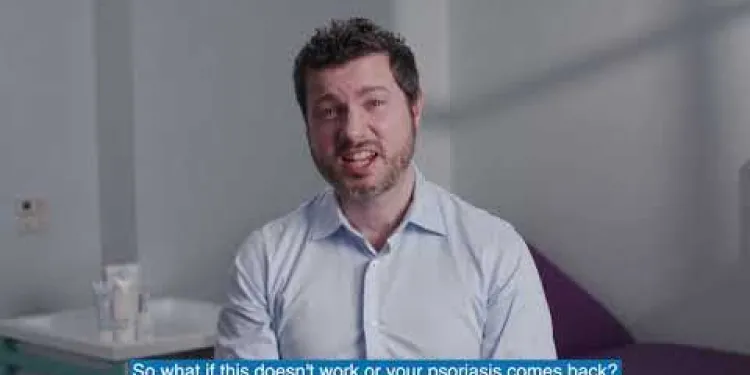
How to treat psoriasis
Relevance: 6%
-

What are topical treatments for psoriasis?
Relevance: 6%
-

What causes psoriasis?
Relevance: 6%
-

Hair Transplants in Turkey
Relevance: 6%
-

How soon can I return to work after a hair transplant in Turkey?
Relevance: 6%
-

How do you prevent Lyme disease?
Relevance: 6%
-
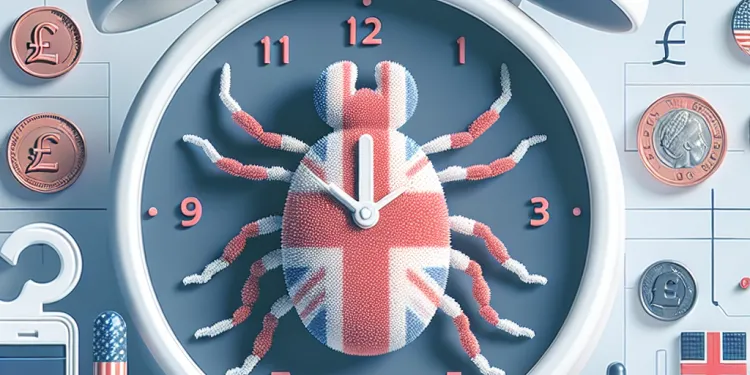
How long does a tick need to be attached to transmit Lyme disease?
Relevance: 6%
-
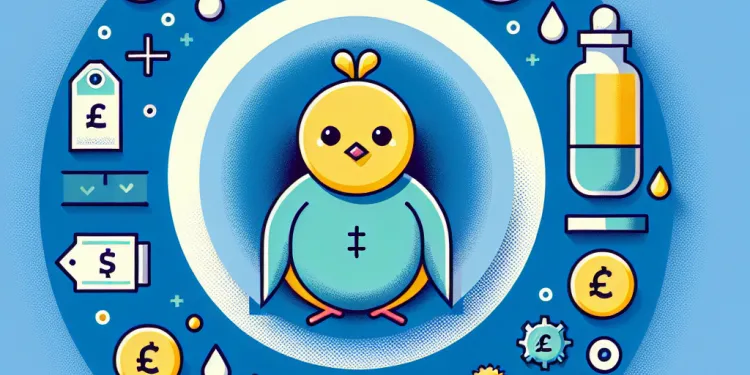
What is Chickenpox?
Relevance: 6%
-

Is there a cure for psoriasis?
Relevance: 6%
-

Can over-the-counter treatments help with psoriasis?
Relevance: 6%
-
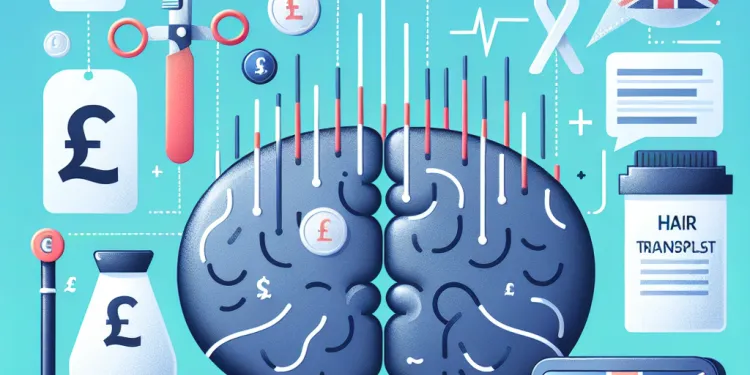
What are the risks associated with hair transplants in Turkey?
Relevance: 4%
-

Epilepsy research: EEG | NHS
Relevance: 4%
-
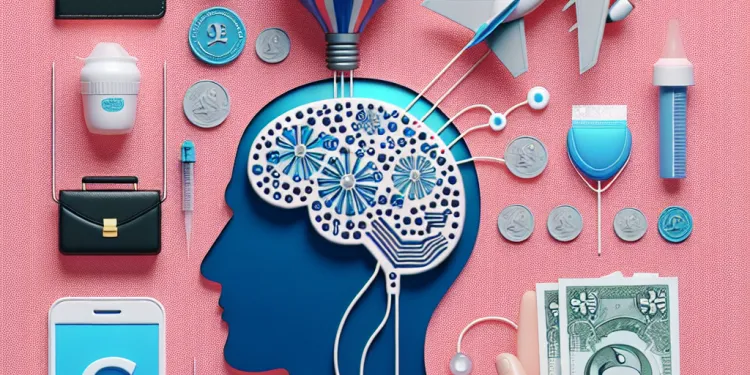
How should I prepare for a hair transplant in Turkey?
Relevance: 3%
Understanding Nits and Lice
Nits are the eggs of head lice, tiny parasitic insects that infest the human scalp and feed on small amounts of blood. These minuscule creatures thrive close to the human scalp, where the warmth and humidity provide ideal conditions for their development. Nits look like tiny white or yellowish ovals and are often confused with dandruff, but unlike dandruff, they stick firmly to hair shafts.
The Lifespan of a Nit
Nits are laid by adult female lice at the base of hair shafts, close to the scalp. They are attached to the hair with a glue-like substance that makes them difficult to remove. Typically, nits hatch into nymphs within seven to ten days. This short timespan on the head is crucial for the development of nits into viable young lice. Once hatched, nymphs are susceptible and must feed quickly to survive and mature into adult lice over the next nine to twelve days.
Can Nits Survive Off the Scalp?
Nits are highly unlikely to survive off the scalp. For hatching, they require the warmth and humidity of the scalp environment. Removed from these optimal conditions, nits will not develop properly. If nits fall off the hair or if hair is shed, the chances of these eggs hatching and the lice surviving are very slim. Once detached, they become non-viable as the necessary conditions for hatching and development are absent. This means nits require direct human contact to continue the life cycle of lice.
Transmission and Infestation
Head lice are transmitted primarily through direct head-to-head contact. Lice cannot jump or fly but crawl from one head to another. Occasionally, they can be spread via personal items like hats, combs, or pillows, but such transmission is less common than direct contact. Given their need for human blood and warmth, lice do not survive long when off a human host, usually dying within 24-48 hours if they have not fed.
Prevention and Control
To prevent the spread of lice, it is essential to minimize direct contact with infested individuals and to regularly check and treat infestations promptly. Treatment usually involves using special shampoos or lotions designed to kill lice and their eggs. Combing with a fine-toothed nit comb can help remove live lice and nits from hair. It is also advisable to wash and heat-dry clothing and bedding to eliminate any lice that may have fallen from the scalp.
Conclusion
Understanding that nits cannot survive away from the scalp helps in managing and controlling head lice infestations. Regular inspection and prompt treatment remain key in eliminating lice and their eggs, preventing them from spreading within communities, especially in schools and homes where close contact is frequent.
Understanding Nits and Lice
Nits are like tiny eggs from lice. Lice are tiny bugs that live on the head. They like to stay warm and feed on a little blood. Nits look like little white or yellow dots in the hair. They stick to the hair and are not the same as dandruff.
The Lifespan of a Nit
Nits are put on hair by female lice, near the scalp. A sticky stuff makes them hard to take off. Nits take about a week to hatch. When they hatch, they need to eat quickly to grow into big lice.
Can Nits Survive Off the Scalp?
Nits do not live well away from the scalp. They need the heat from the head to hatch. If nits fall off or if hair falls, nits do not hatch. Without the right conditions, they do not survive. Nits need to stay on a person to keep the lice cycle going.
Transmission and Infestation
Head lice spread when heads touch. Lice can't jump or fly but move from one head to another. Sometimes they spread by sharing hats or combs, but this is rare. Lice need to feed on blood, so they die if away from a person in a day or two.
Prevention and Control
To stop lice, avoid touching heads with others who have lice. Check hair often and treat lice quickly. Use special shampoos to kill lice. Comb hair with a fine-tooth comb to take out lice and nits. Wash clothes and bedding in hot water to remove lice.
Conclusion
Knowing that nits can't live away from the scalp helps manage lice. Look for lice often and treat them fast to stop spreading, especially in places like schools and homes where people are close together.
Frequently Asked Questions
What are nits?
Nits are the eggs of head lice, small parasitic insects that infest human hair.
Do nits live off the scalp?
Nits need the warmth and proximity to the human scalp to hatch, so they do not survive away from the scalp.
How long can nits survive off the scalp?
Nits typically cannot survive off the scalp as they need heat to maintain viability and hatch.
What do nits look like?
Nits look like small, white or yellowish ovals that are attached firmly to hair strands.
How are nits different from adult lice?
Nits are the eggs of lice, while adult lice are the mature, mobile insects that feed on blood from the scalp.
Where on the hair do nits appear?
Nits are most often found close to the scalp, where the environment is warm enough for them to hatch.
Can nits spread from person to person without hair contact?
Nits do not spread without direct head-to-head contact, as they are attached to hair strands.
How do nits hatch into lice?
Under the warm conditions of the scalp, nits hatch into nymphs, or young lice, after about 7 to 9 days.
What is a common treatment for nits?
Common treatments include over-the-counter or prescription topical insecticidal shampoos or creams specifically designed to kill lice and nits.
Can nits survive on clothes or furniture?
Nits are unlikely to survive on clothes or furniture as they require the warmth and proximity of the scalp to remain viable.
How long do nits take to hatch?
Nits usually take about 7 to 9 days to hatch under ideal conditions.
Why are nits difficult to remove from hair?
Nits are difficult to remove because they are tightly glued to the hair shaft with a special substance secreted by female lice.
Can using a hairdryer kill nits?
A hairdryer may help in killing some lice and nits by the heat, but it is not a reliable method for eradicating an infestation.
Is it necessary to treat household items if nits are found?
While nits are not likely to survive on household items, washing bedding and clothing in hot water can help prevent reinfestation.
Are nits contagious?
Nits themselves are not contagious, but the lice that hatch from them are spread through direct contact.
Can nits be seen with the naked eye?
Yes, nits can be seen with the naked eye, though they are very small and may be easier to see using a magnifying glass.
What is the primary way nits are spread?
Nits are not spread; lice spread by direct head-to-head contact, and lice lay nits on hair.
What happens if nits are not removed?
If nits are not removed, they will hatch into lice, continuing the infestation cycle.
Do nits cause itching?
Nits themselves do not cause itching, but once they hatch into lice and begin feeding, they can cause itching.
How can you differentiate between nits and dandruff?
Unlike dandruff, nits stick firmly to the hair shaft and cannot be easily brushed off.
What are Nits?
Nits are tiny eggs from lice. Lice are small bugs that live in hair.
Nits are hard to see. They stick to hair close to the skin.
If you see nits, it's important to treat them. Use a special comb or shampoo to remove lice and nits.
Ask an adult for help if you find nits in your hair.
Nits are tiny eggs. They come from head lice. Head lice are little bugs that live in people's hair.
Do head lice live away from the head?
Nits are tiny eggs laid by lice. They need to stay close to your head to be warm so they can hatch. If they are not near your head, they can't survive.
How long do nits live away from hair?
Nits are tiny eggs from head lice. They need warm heads to stay alive and hatch. So, they can't live away from your head.
What do nits look like?
Nits are tiny and yellow or white. They look like little dots. You can find them in hair. They stick close to the scalp.
To see nits better, use a bright light and a magnifying glass. Ask an adult for help if you can't see them well.
Nits are tiny, oval-shaped things that are white or yellow. They stick tightly to hair.
How are nits different from adult lice?
Nits are tiny eggs. Grown-up lice are little bugs.
- Nits stick to hair. They are hard to see. They do not move.
- Adult lice crawl around. They move in hair.
Try using a magnifying glass to see them better.
Nits are lice eggs. Adult lice are grown-up bugs that move around and drink blood from your head.
Where do nits show up on hair?
Nits are tiny eggs. You usually find them near your head because it's warm there. The warmth helps them hatch.
Can nits move from one person to another without touching hair?
Nits are tiny eggs from head lice. They can't move by themselves. Nits only spread when people's heads touch because they stick to hair.
How do nits turn into lice?
Nits are eggs of head lice. They stick to the hair.
Nits take about a week to hatch.
When nits hatch, baby lice come out. Baby lice are called nymphs.
Nymphs grow into adult lice in about 9-12 days.
Use a comb or special shampoo to help get rid of lice.
In the warm skin on your head, lice eggs (called nits) hatch into baby lice (called nymphs) after about 7 to 9 days.
How do you get rid of head lice?
You can use special shampoos or creams to get rid of lice. You can buy these at the store or get them from your doctor. These shampoos and creams help kill lice and their eggs.
Can head lice live on clothes or furniture?
Nits, or lice eggs, probably won't live on clothes or furniture. They need the warmth of your head to stay alive.
How long does it take for nits to hatch?
Nits are little eggs that take about 7 to 9 days to hatch. This happens if the weather is just right.
Why is it hard to get nits out of hair?
Nits are tiny eggs from lice. They stick to hair strongly. This makes them hard to take out.
Helpful Tips:
- Use a special comb for nits. It has fine teeth to catch them.
- Try a special shampoo made for lice and nits.
- Ask an adult for help if you need it.
Nits are hard to take off because they stick strongly to the hair. They use a special glue made by the female lice.
Can a hairdryer get rid of nits?
Nits are tiny eggs from head lice. People sometimes ask if hairdryers can kill nits.
Using a hairdryer might help a bit, but it will not get rid of all the nits.
To really get rid of nits, it is best to:
- Use special shampoo made for lice.
- Comb your hair with a fine-tooth comb.
The hairdryer can be warm. Be careful not to burn your head.
A hairdryer can help because it is hot. It might kill some lice and their eggs, which are called nits. But using a hairdryer is not the best way to get rid of all the lice.
Do you need to clean things in your home if you find nits?
Nits, which are tiny eggs left by head lice, usually don't live on things in your house. But, to make sure they don’t come back, you can wash your sheets and clothes in hot water.
Can you catch nits from someone else?
Nits are tiny eggs from lice. Nits do not spread by themselves, but when the lice hatch, they can spread to others. This happens when people touch each other directly.
If you need more help with reading, you can try using audiobook versions of texts or asking someone to read with you.
Can you see nits without a microscope?
Nits are very tiny, but you can still see them with your eyes. They look like little white or yellow dots in hair.
You can use a magnifying glass to help see them better.
Yes, you can see nits with your eyes. They are very small, so it's easier to see them with a magnifying glass.
How do nits spread?
Nits do not move from person to person. If you get lice, it is because your head touched someone else's head who has lice. Lice lay nits (tiny eggs) on hair.
What happens if nits are not taken away?
Nits are lice eggs in hair. If not taken away, lice can hatch and cause itching.
To get rid of nits and lice:
- Use a special comb with fine teeth. This helps to pull nits out of hair.
- Try special shampoo from a pharmacy. It can kill lice and nits.
Ask an adult for help. They can check your hair and help with treatment.
If nits (lice eggs) are not taken out, they will turn into lice. This means more lice will keep appearing.
Do nits make your head itchy?
Nits are little eggs from head lice. Lice are tiny bugs that live in hair.
Nits can make your head feel itchy.
If your head itches, ask an adult for help. They can check your hair.
You can use a special comb or shampoo to get rid of nits and lice.
Counting or singing a song can help you stay calm while your hair is checked.
Nits, which are lice eggs, do not make you itchy. But when they hatch and turn into lice, they start feeding and can make you itch.
How can you tell the difference between nits and dandruff?
Nits are tiny eggs from head lice. They stick strongly to the hair. You can brush off dandruff, but you can't brush off nits easily.
If you have trouble reading, try using a reading ruler. It helps you see one line of text at a time.
Useful Links
- Ergsy carfully checks the information in the videos we provide here.
- Videos shown by Youtube after a video has completed, have NOT been reviewed by ERGSY.
- To view, click the arrow in centre of video.
- Most of the videos you find here will have subtitles and/or closed captions available.
- You may need to turn these on, and choose your preferred language.
- Go to the video you'd like to watch.
- If closed captions (CC) are available, settings will be visible on the bottom right of the video player.
- To turn on Captions, click settings .
- To turn off Captions, click settings again.
More Items From Ergsy search
-

Do nits live off the scalp?
Relevance: 100%
-

How do lice lay nits?
Relevance: 71%
-

Are nits and head-lice the same thing?
Relevance: 70%
-

Can nits hatch into lice?
Relevance: 68%
-

Can nits survive on furniture or clothing?
Relevance: 67%
-

Where can nits be found?
Relevance: 67%
-

Are nits contagious?
Relevance: 66%
-

What do nits look like?
Relevance: 66%
-

Are nits and head lice the same thing?
Relevance: 64%
-

How can you differentiate nits from dandruff?
Relevance: 63%
-

How long does it take for nits to hatch?
Relevance: 63%
-

Treating scalp psoriasis
Relevance: 55%
-

What are head lice?
Relevance: 34%
-

Can you get rid of nits and lice with the same treatments?
Relevance: 30%
-

What techniques are used for hair transplants in Turkey?
Relevance: 15%
-

Are there different types of lice?
Relevance: 14%
-

Neurophysiology EEG Patient Information
Relevance: 13%
-

Epilepsy research: EEG | NHS
Relevance: 11%
-

What happens when my child has an EEG?
Relevance: 11%
-

How long should I stay in Turkey for my hair transplant?
Relevance: 9%
-

Psoriasis | NHS
Relevance: 9%
-

Actinic keratoses (solar keratoses)
Relevance: 9%
-

What are the main types of eczema?
Relevance: 9%
-

What is psoriasis?
Relevance: 8%
-

Will I need a follow-up visit after my hair transplant in Turkey?
Relevance: 7%
-

Managing and treating your child's eczema
Relevance: 6%
-

How is psoriasis diagnosed?
Relevance: 6%
-

How to treat psoriasis
Relevance: 6%
-

What are topical treatments for psoriasis?
Relevance: 6%
-

What causes psoriasis?
Relevance: 6%
-

Hair Transplants in Turkey
Relevance: 6%
-

How soon can I return to work after a hair transplant in Turkey?
Relevance: 6%
-

How do you prevent Lyme disease?
Relevance: 6%
-

How long does a tick need to be attached to transmit Lyme disease?
Relevance: 6%
-

What is Chickenpox?
Relevance: 6%
-

Is there a cure for psoriasis?
Relevance: 6%
-

Can over-the-counter treatments help with psoriasis?
Relevance: 6%
-

What are the risks associated with hair transplants in Turkey?
Relevance: 4%
-

Epilepsy research: EEG | NHS
Relevance: 4%
-

How should I prepare for a hair transplant in Turkey?
Relevance: 3%


